Leafminers have been occasionally reported as a major pest in South Florida. The adult leafminer is a small fly (Figure 11), about 1/8 to 1/10 of an inch long with a yellow abdomen. The fly inserts her eggs in feeding punctures on the upper leaf surface. Larvae (maggots) feed between the upper and lower leaf surfaces, creating meandering mines that enlarge as the larvae grow. After approximately two weeks in warm weather the larva completes development and leaves the mine, dropping to the ground to pupate. The complete life cycle can be as short as 18 to 21 days. Infestations can be more severe late in the growing season, particularly if adults migrate out of nearby crop residue into late-planted fields. Defoliation of the crop late in the season can lead to sun scalding of the fruit.
Control with insecticides is difficult. Systemic materials may be required to control larvae within the leaf tissue. Destruction of crop residues from earlier infested plantings may reduce problems in later plantings. Maintain vigorous plant growth through proper fertilization and watering.

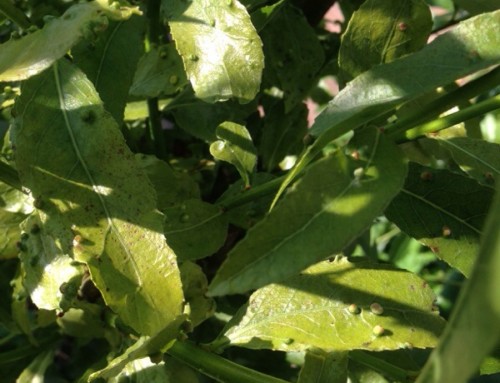
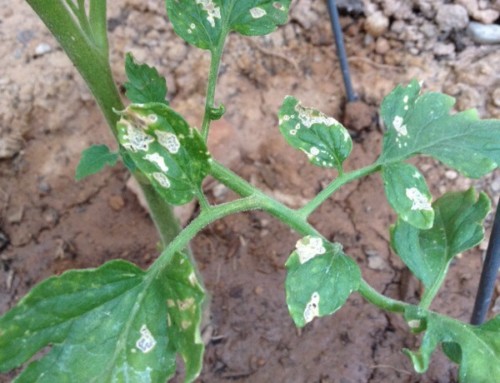
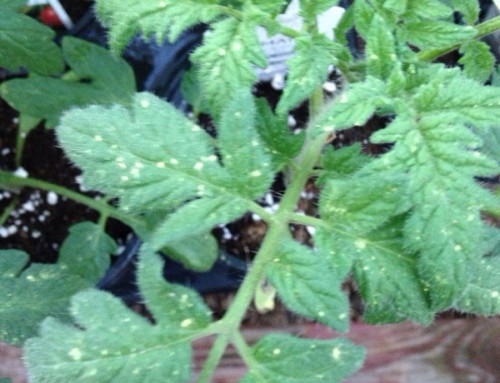
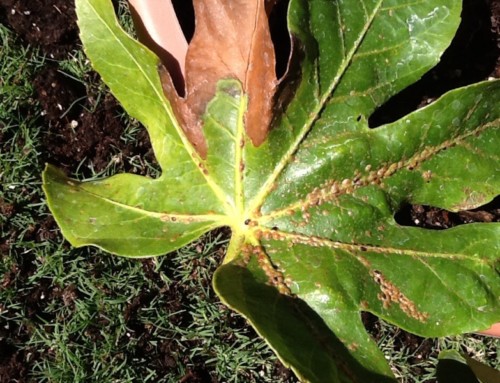
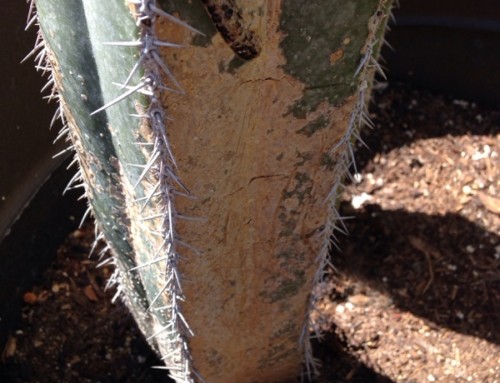
Leave A Comment